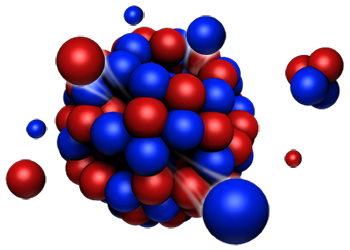Speaker
Description
Co-authors: Uwe Filges1, Emmanouela Rantsiou1, Yutaka Yamagata2, and Takuya Hosobata2
1. Division Research with Neutrons and Muons (NUM), Paul Scherrer Institut, Villigen, Switzerland
2. RIKEN Center for Advanced Photonics, RIKEN, Saitama, Japan
Novel materials in strongly competitive fields such as nano-science or material science, are often only available in small volume in the order of 1 mm2 or below, whereas the beam cross section at the exit of the neutron guide is typically in the order of several cm2. Therefore, focusing neutron-beam between neutron guide to the small samples can increase the neutron flux effectively. Moreover, focusing can reduce the unwanted neutrons hitting the sample environments, which offers the options of measurements under extreme conditions. Consequently, the signal to noise ratio in the detector can be enhanced.
The flexible focusing optics system whose focal length, beam divergence, and beam size on the sample are variable has been developed at PSI, often referred as adaptive optics (AO). By bending the flat supermirror substrate on an adjustable support system which has elliptic and/or parabolic shapes, the required focusing function can be realized. To reinforce the robustness of the optics, metal substrates can be used as replacement to conventional glass substrates. Metal substrates are also able to withstand high level of irradiation and thermal stress. The resulting neutron optics system is a compact, user friendly, versatile, and fast adjustable add-on device.
Lately, the mechanical design was drastically modified to realize the series connection of several units and the two dimensional focusing in one optics unit. The results of the focusing performance test will be presented.

